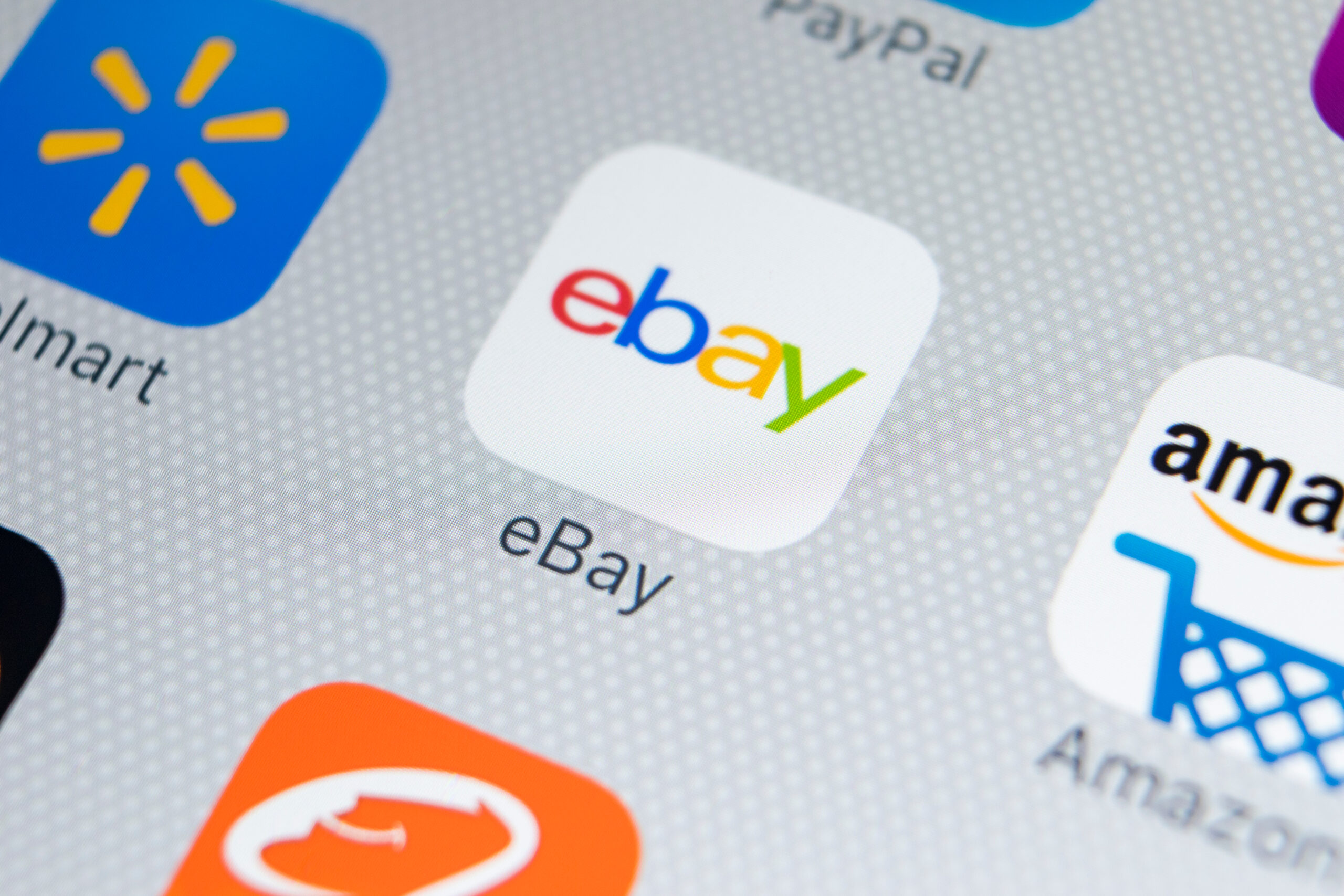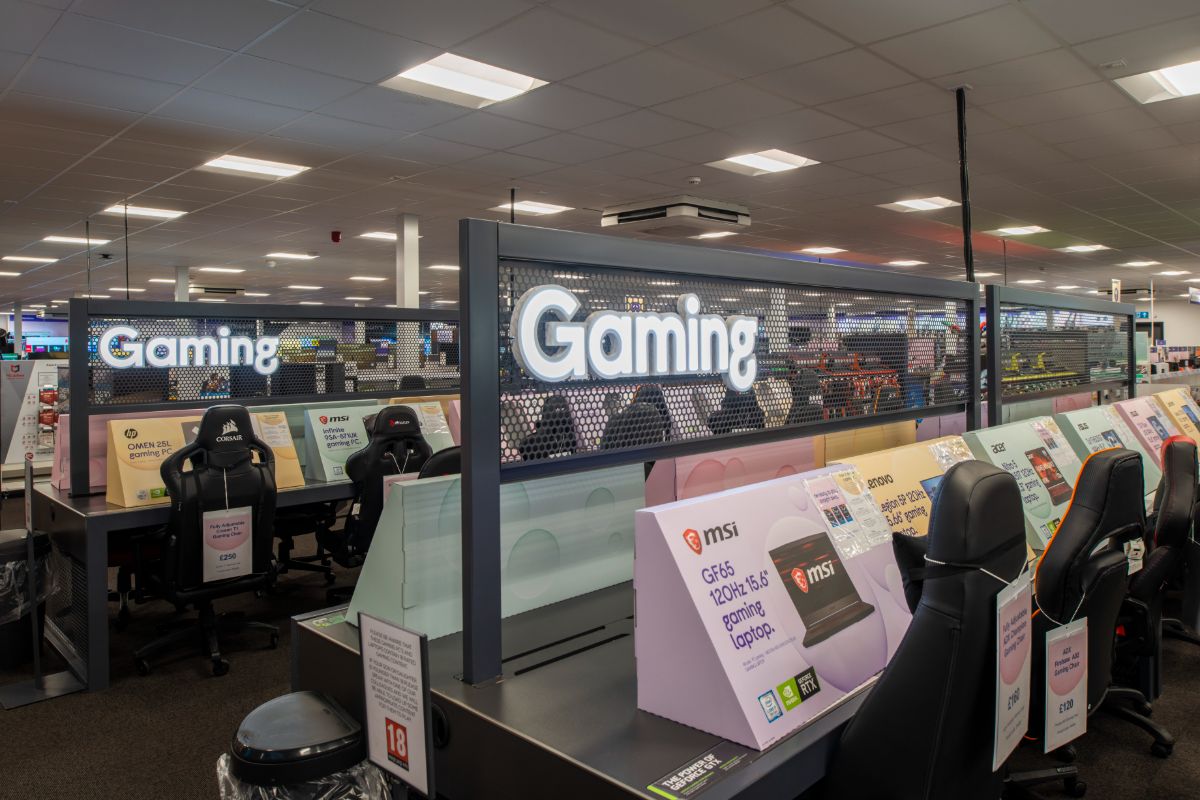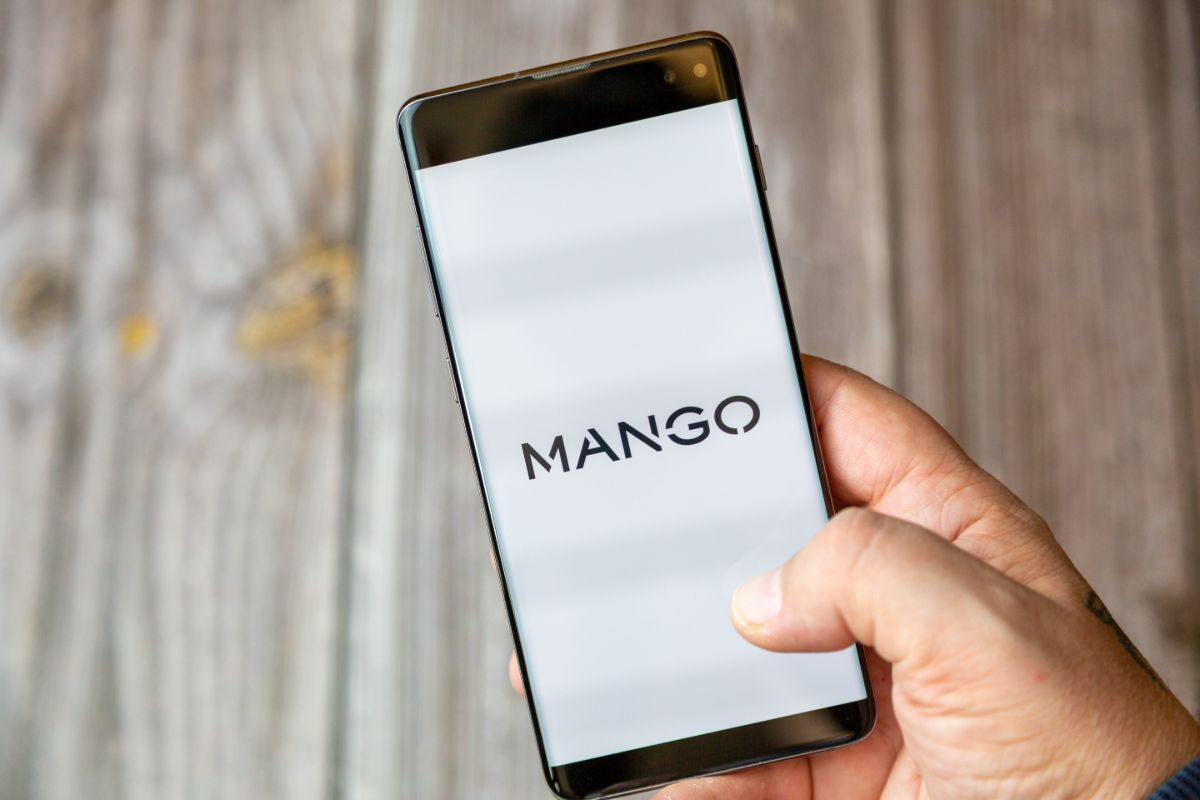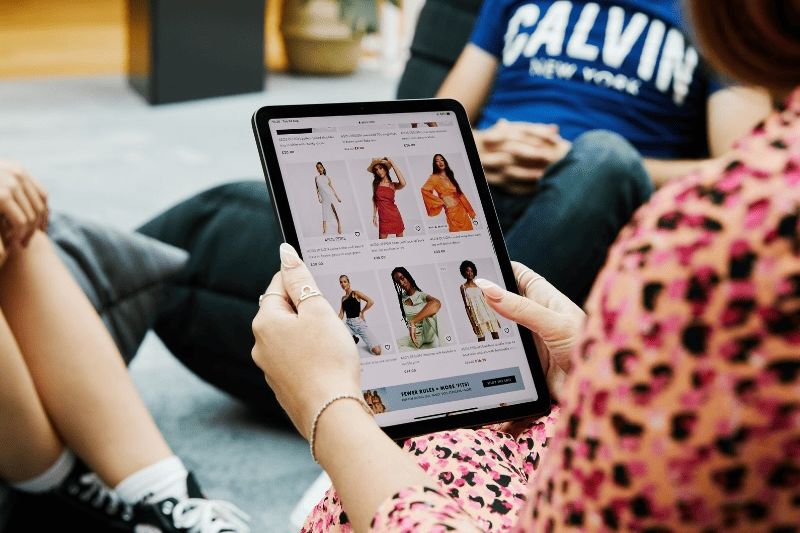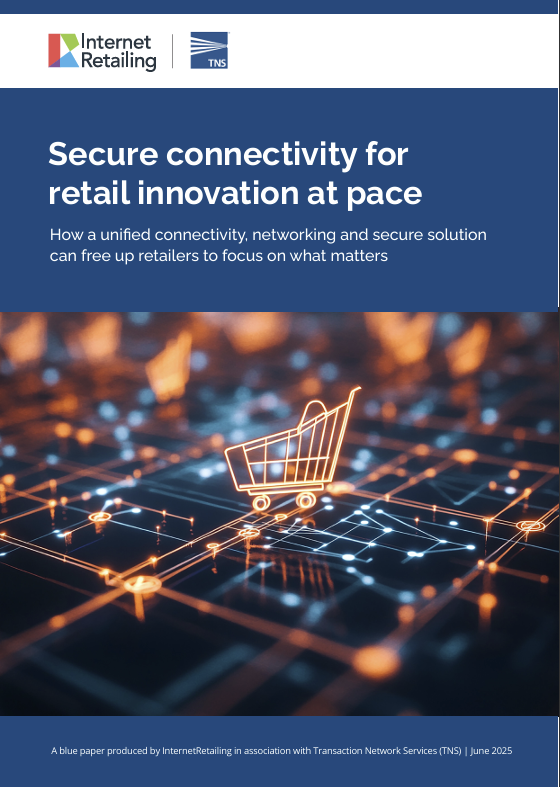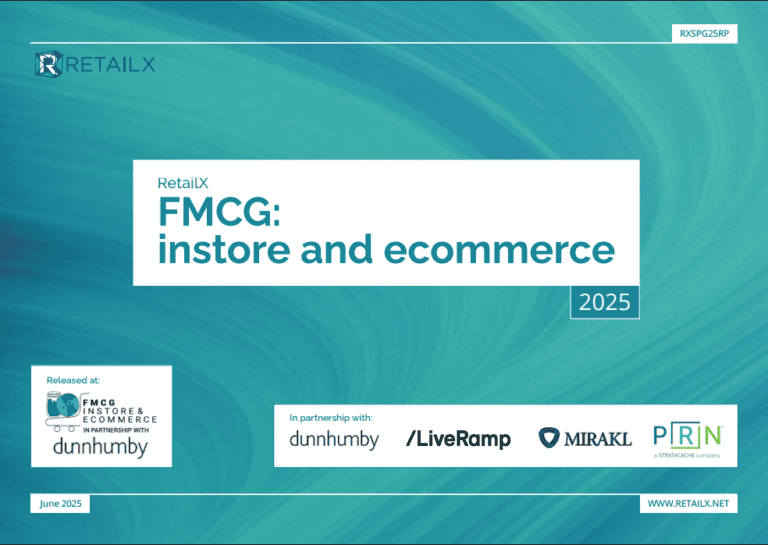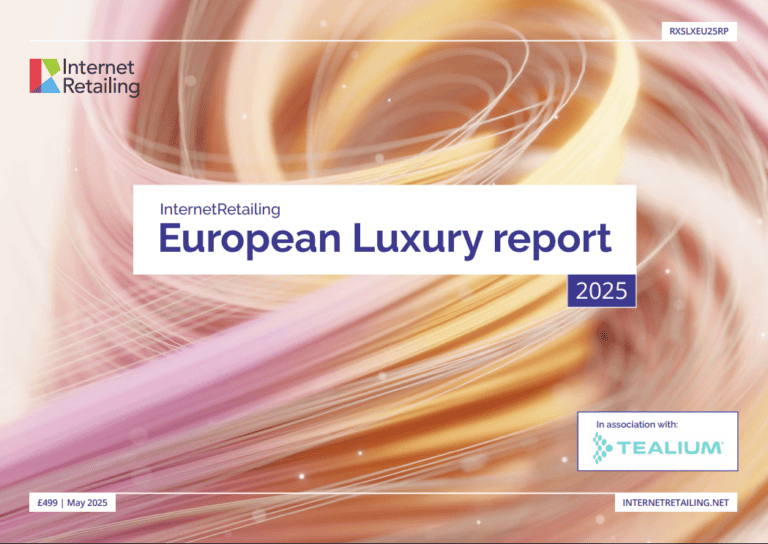In the week when IRX2018 spread itself across the NEC, ready for the retail industry to once again discuss how much retail has changed and how they really need to stop going to trade shows and do something about it, Google, Instagram and the Church of England all proceeded to shake up the retail landscape.
Alright, the Church of England didn’t really shake up the retail landscape, it merely announced that it was to start accepting contactless payments for everything from alms to weddings and funerals at 16,000 churches across the UK, but Google certainly upset the apple cart: it is going to make search results shoppable.
No sooner had retailers started to get comfortable with having to perhaps use marketplaces as part of their omni-channel strategy, than Big G effectively decided to play Amazon at its own game and become a ‘search engine for shopping’.
At the same time, Instagram announced that it was going to extend a trial it carrier out with, among others, M&S and start making retailer’s posts stoppable too. Perhaps it picked the wrong week to big up social media given that Facebook is being held almost singularly responsible for Brexit, Donald Trump and Vladimir Putin, but what it is doing is significant too.
Taken together, Google and Instagram’s moves into commerce marks a shift in what online retail means. No longer is it the preference of traditional retailers to build websites to augment their shops. Nor is it time for pure-plays to create interesting sites and apps that lure in those fickle mobile shoppers – although ASOS is doing a nifty job of that globally. No, today, an omni-channel strategy needs to take into account how retailers can shill their goods on all the relevant marketplaces, social media sites and even Google (although Big G may soon effectively be a marketplace too, just like Amazon has become a search engine in many ways). Omni-channel has rapidly gone from being shop-web-mobile to being about a disparate and wide variety of platforms, all of which will not necessarily be where the sale takes place, but all playing their part in a now highly-complex retail journey.
What this means for brand identity, marketing and your ecommerce team – and even how you run a retail business – is now all up in the air.
Discovery will become everything and that will mean working with the Facebooks and Googles and Instagrams and, who knows, the Netflixes and the Mashables and the Time Incs too – to make sure your goods get seen by the right people at the right time.
Some retailers will be shopped as a brand, it is true, but many will be forced to compete on price, delivery or other non-brand aspects as shoppers look for either a look, something they have seen on TV or just generic ‘something’ that people think they want.
This is not necessarily a bad thing: it just makes life for hard pressed retailers to keep up with what those pesky customers now say they want and need.
But some are starting to see it and do it. John Lewis and H&M have both opened new stores at Westfield in London this week and, while that is old school in of itself, they both get that they need to offer experiences in those stores. Social media has forced millennials to look not so much for things to buy, but experiences to have: why buy a luxury handbag from which you get one ‘look at my new handbag’ tweet, when you can go to a handbag and nails workshop every week and get hundreds?
That, and the fact that media outlets and other consumer facing platforms have the eyeballs, is the new retail reality – get with the programme(s).
IMAGE Pixabay

